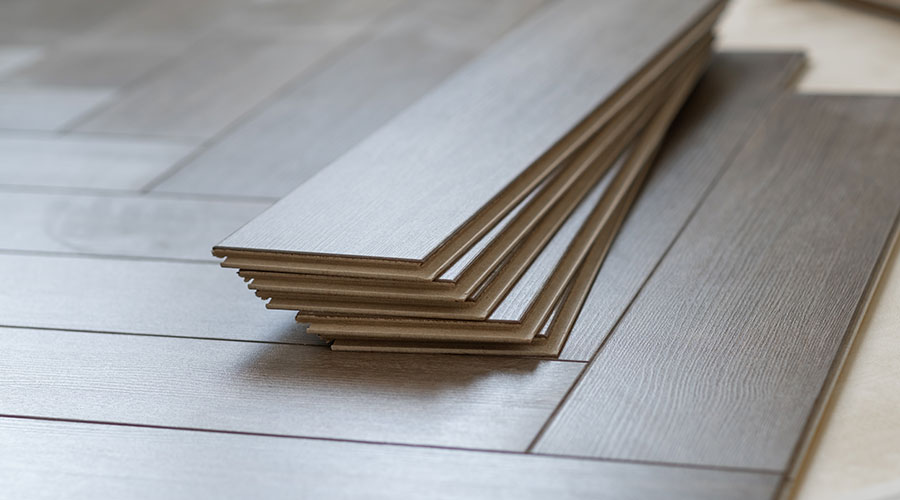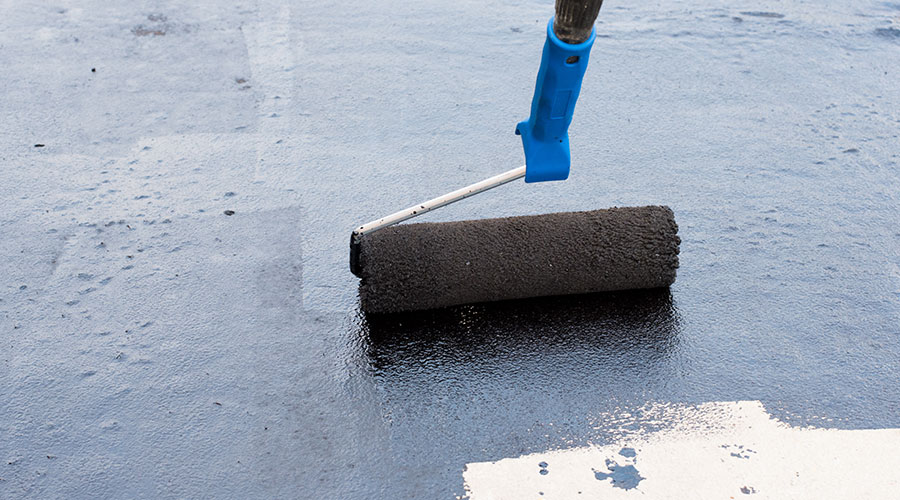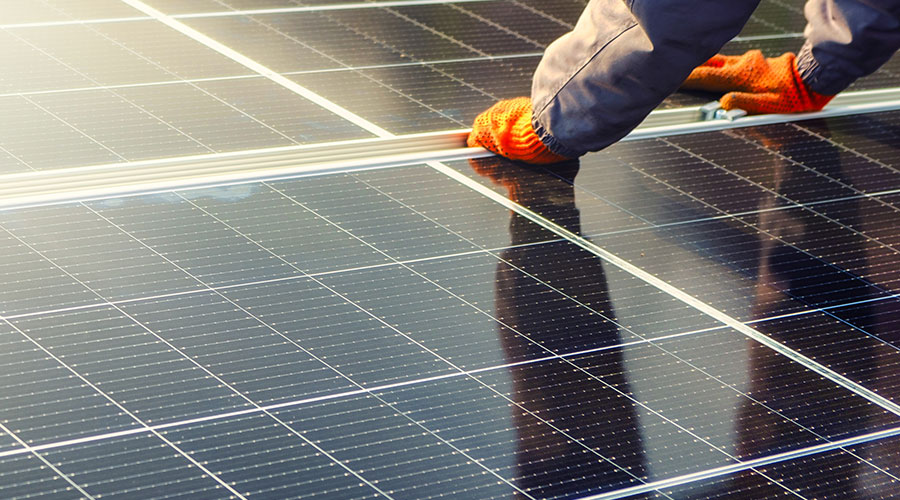Manager's Goals for Solar Rooftops Should be High
The manager's overall goal is to make sure the rooftop PV system will do more than just survive. It also should help ensure continuous building operations.
So in areas of high rainfall or snow, increase the flashing heights and roof-drainage provisions. In hail zones, select only tested hail-resistant PV and roofing assemblies, and increase the roof membrane's thickness and install cover boards to minimize hail damage. In high-wind zones, select only tested high-wind-uplift PV and roofing assemblies, add sacrificial membrane layers and install coverboards to minimize damage from wind-blown debris.
Initial design can greatly influence what happens at the end of the roof's service life. Including design elements for roof replacement that do not interrupt operation pays dividends in the future. After installation, make sure technicians can access and service the PV array efficiently.
Also, will the PV array need to be relocated during reroofing? What cost will that add? Are there a large amount of penetration flashings included in the reroofing? What cost will those add?
Quality Materials
When it comes to ensuring compatibility between a rooftop PV system and a facility's existing roofing system, there is no substitute for quality materials. The roof system's durability and performance are directly related to high-quality materials. Roofing manufacturers have specific requirements for their system materials used in conjunction with rooftop PV systems.
To promote longevity, they often require thicker membranes, coverboards, and multiple layers of insulation. To accommodate the effects of heat build-up and reflected ultraviolet frequently associated with certain PV systems, installing a sacrificial membrane layer directly beneath the PV system can reduce heat build-up on the primary waterproofing membrane. Installing an additional membrane or coating at exposed vertical flashings also can reduce UV exposure in critical locations.
Skillful Installation
Ensuring an effective match between a roofing system contractor and a rooftop PV system contractor is critical for managers when contemplating the installation of a PV system. To help achieve the intended service life of the roof and weatherproofing, manufacturer-authorized installers need to have the skills to both understand and construct the appropriate details needed to integrate a PV system into an existing roofing system.
The remaining service life of the existing roofing system should meet or exceed the service life of the PV system. The professional roofing contractor should be involved whenever work is performed on or integrated into a roof system.
Related Topics:














